Pitié-Salpêtrière Hospital – the abode of French hysterics (11 photos + 1 video)
Hysteria is commonly understood as a mental disorder manifested in the form of various types of motor, sensory and affective disorders. 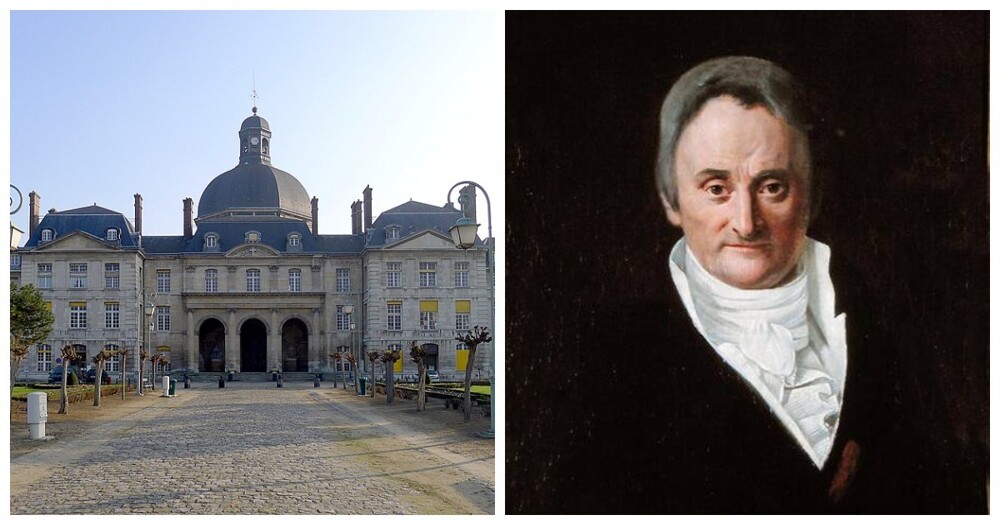
Such patients are characterized by special self-hypnosis and a desire to attract the attention of others. Often occurs in people with neurotic character traits. But if even now there are problems with making a mental diagnosis, then a couple of centuries ago one could be given to any patient - with depression, apathy, or simply moral and emotional exhaustion. In Paris, the recognized capital of fashion, style and perfume, there was a specialized institution for women who had been diagnosed with this condition. 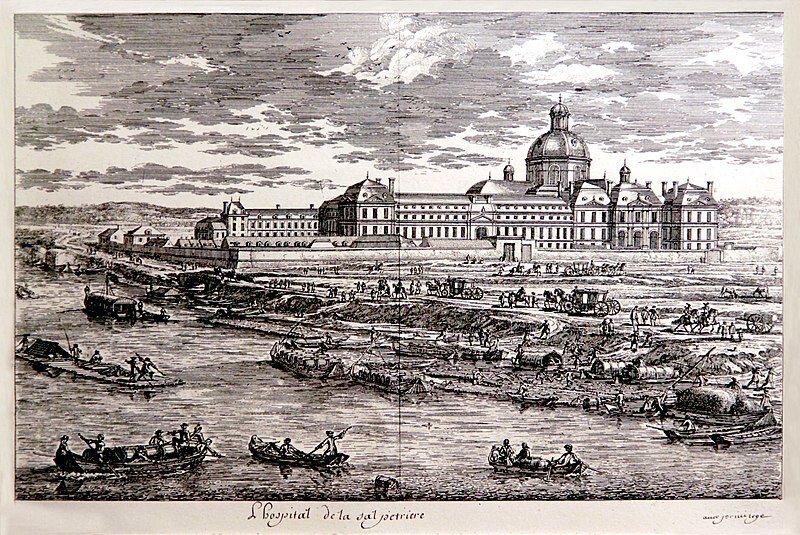
Salpêtrière. Engraving by Adam Perel. OK. 1660
Well, how it was staged. At first, the Pitié-Salpêtrière hospital, founded in 1656, housed beggars and homeless women. But gradually others began to be taken there. These were prostitutes, crazy people, orphans, cripples, criminals, alcoholics, “witches,” the blind, girls born out of wedlock, lesbians, epileptics, thieves, girls with suicidal tendencies, fat women, erotomaniacs and more. 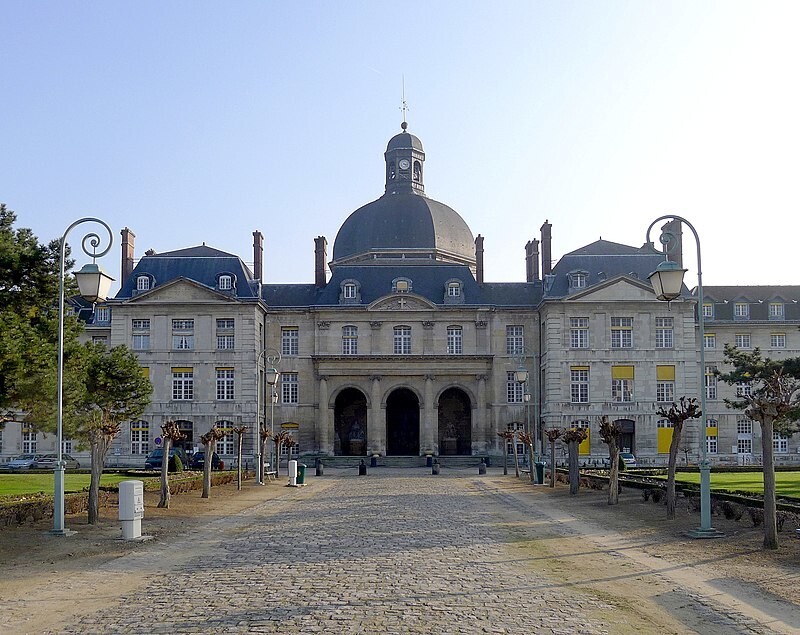
Main building
This creative and almost endless list is a collection of some of the accusations, symptoms or prescribed behaviors used to ostracize a woman from society. Parisians in the 1700s could have been labeled any of these, true or false, as hysterical. And regardless of her social status, she will be sent forever to the gloomy wards of a psychiatric hospital. 
Gate leading to the Salpêtrière hospital complex
Centuries ago, before becoming one of the largest hospital complexes in Europe, the Salpêtrière was used quite prosaically - as a gunpowder factory (hence the name - salpêtrière - “saltpeter warehouse”). 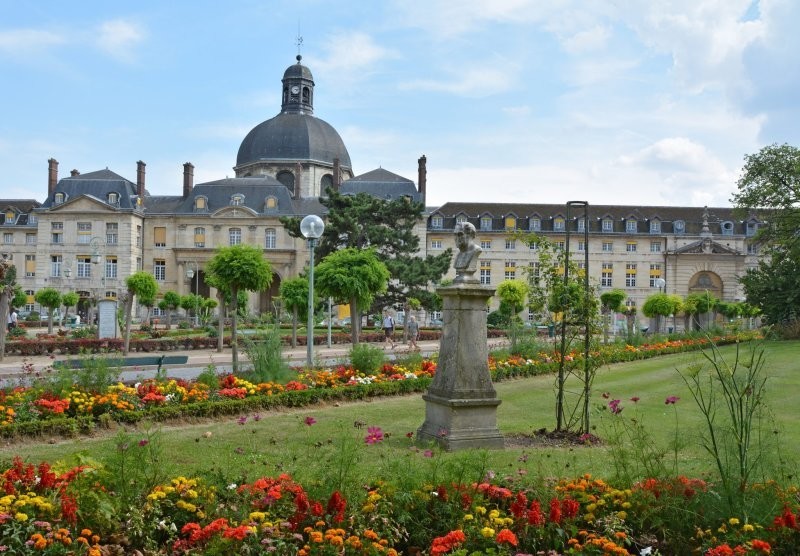
Under Louis XIV, it was turned into an asylum, which was more like a prison, where outcast women could be isolated from life. With no promise of recovery or freedom, the unfortunate "patients" usually ended their natural lives there "for their own good." 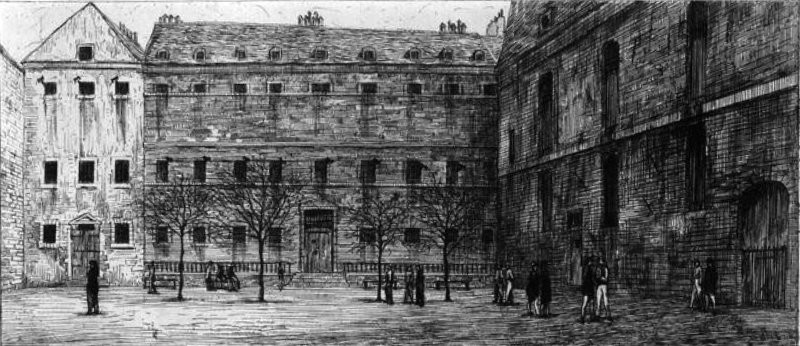
La Force Prison
Michel Foucault called this era the “Great Confinement,” when squads roamed the darkest streets and dead ends of the capital every night to arrest the beggars, the immoral or the incurable. Isolation and repression were considered an effective way to purge debauchery, so prostitutes were collected in La Force, a substantial prison with a special building only for ladies. 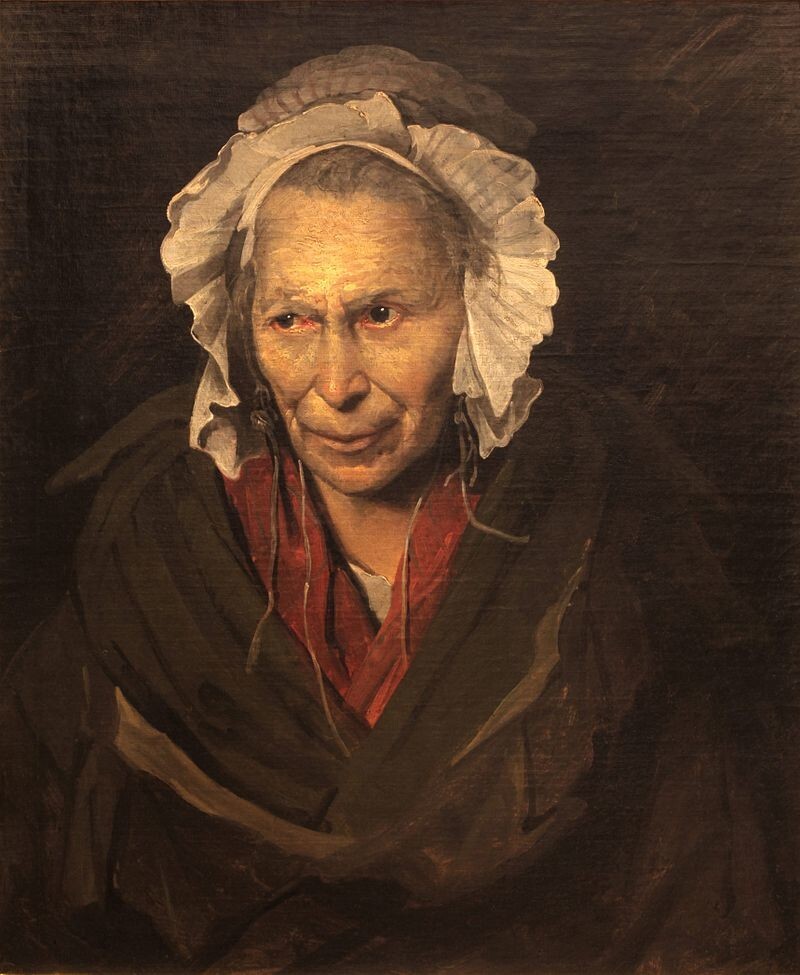
T. Gericault “Crazy old woman. Portrait of a Woman Obsessed with Envy" (The Hyena of the Salpêtrière)
The women were kept in "Little Power" and the only crime for most was simply trying to survive. Some of them were selected for deportation to Louisiana, Quebec or the Caribbean colonies. Others ended up in the Salpêtrière.
During the September Massacre of 1792, a crazed crowd invaded the Salpêtrière with the intention of freeing the prisoners. 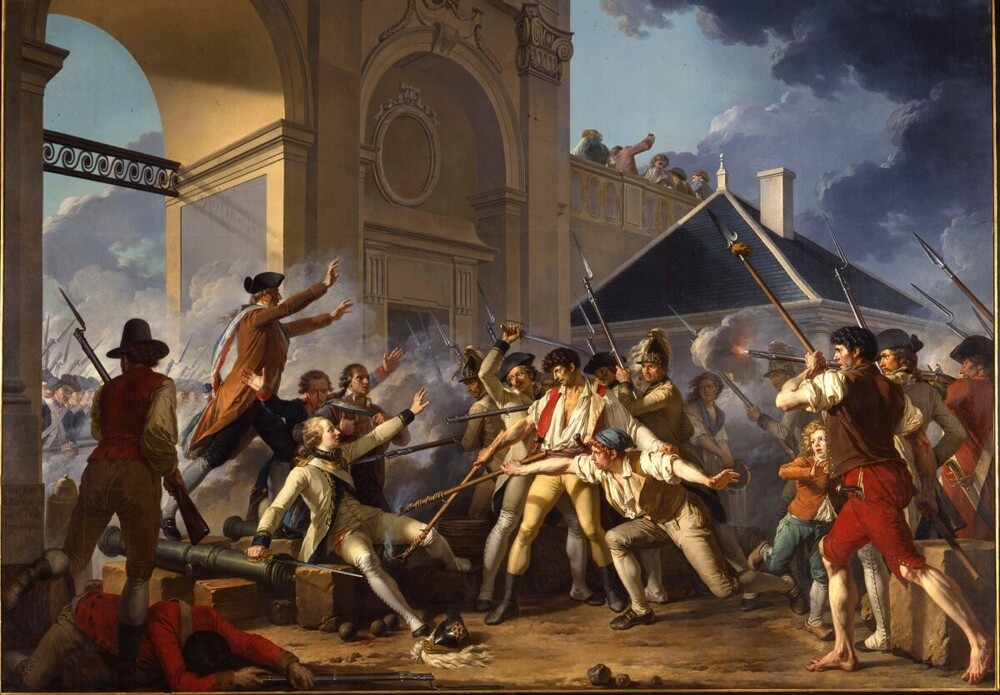
Anger, fear and the mob took over, and after the women workers were freed, the truly sick were dragged into the streets and brutally murdered, tainting the French Revolution with blood and ugliness.
Nearby is a series of three one-story buildings. Founded in 1680 to solve the problem of overpopulation in La Force, these small houses made up the so-called "Quartier Folle", an area in which approximately 600 "hysterical" women were kept. Every day, following a popular hygiene regime, women were chained outside to semicircular benches set on the floor, allowing them to take a breath of fresh air. 
Philippe Pinel
Tormenting the tender feelings of society with their very presence in the very heart of Paris, disheveled outcasts in white dresses were nameless, faceless ghosts. These miserable, forgotten wretches remained in their rat hole until their savior, Dr. Pinel, freed them with his revolutionary ideas of moral therapy and humane psychiatric care. 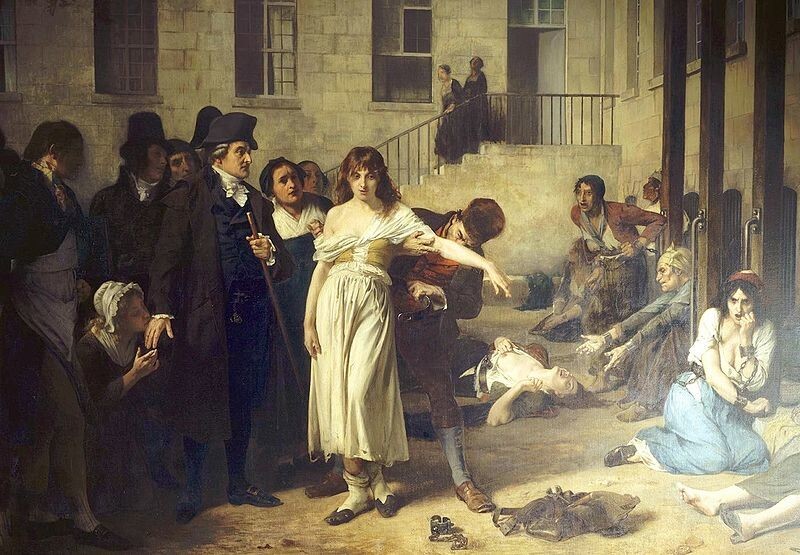
Philippe Pinel removes the chains from the sick. Painting by Tony Robert-Fleury
Philippe Pinel is a French doctor who was one of the first to practice truly humane treatment of the mentally ill. He considered the disease as a result of social and psychological stress (tension) and, to some extent, hereditary and physiological impairment. He spent 15 years earning his living by writing and translating, as the strict rules of the old regime prevented him from practicing medicine in Paris.
As a result, he still managed to get the authorities to remove the chains from the mentally ill, committing a famous act of humanity. He also achieved routines, rounds and treatments.
After decades of being locked up, many unfortunates' condition improved to the point that they were released. 
Monument to Pinel in Paris
Soon, following Pinel’s example, patients in many institutions were freed from chains. In particular, this very Parisian hospital for women with mental disorders, the Salpêtrière. This achievement, associated with the name of Philippe Pinel, brought the doctor recognition throughout the world.
Now the Salpetriere is a wide-profile medical institution, including 90 buildings located on an area of 33 hectares.
























